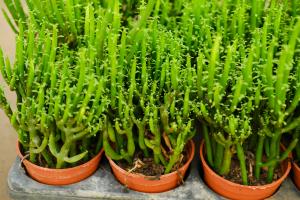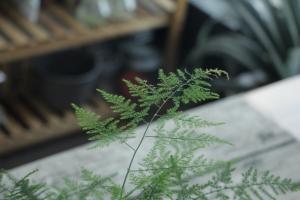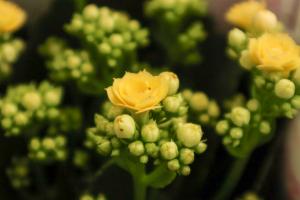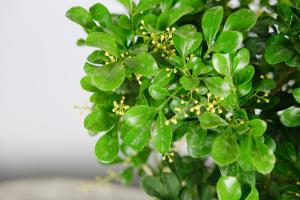Can Stagnant Water Be Used on Plants?
When it comes to watering plants, one of the most common questions people ask is whether or not they can use stagnant water. Stagnant water is defined as water that has no flow and is not being circulated. It can come from a variety of sources such as rain barrels, ponds, or standing water in buckets. In this article, we will explore whether or not stagnant water can be used on plants, and what the potential risks and benefits are.
The Risks of Using Stagnant Water
Stagnant water can pose several risks to plants. One of the major concerns is the buildup of harmful bacteria and pathogens in the water. These can cause diseases in plants, leading to stunted growth or even death. Additionally, stagnant water can contain high levels of dissolved minerals and salts, which can accumulate in soil over time and harm plant roots. Finally, stagnant water can become a breeding ground for mosquitoes and other pests, which can also harm plants directly.
The Benefits of Using Stagnant Water
Despite the risks, there are also potential benefits to using stagnant water on plants. One of the most significant is that it is often readily available and free. This can be especially useful for gardeners who live in areas with limited access to clean water sources. Additionally, stagnant water can contain nutrients and organic matter that can benefit plants. For example, rainwater collected from roofs can contain small amounts of nitrogen, which can help plants grow.
How to Safely Use Stagnant Water on Plants
If you do decide to use stagnant water on plants, it is important to take steps to minimize the risks. First, consider using a filter to remove any debris or large particles from the water. This can help reduce the buildup of harmful bacteria and other pathogens. Additionally, it is important to avoid over-watering plants with stagnant water, as this can lead to a buildup of salts and minerals in the soil. Finally, be sure to monitor plants closely for any signs of disease or insect infestation, and take appropriate steps to address these issues as soon as they arise.
Conclusion
While there are risks associated with using stagnant water on plants, it can be a useful source of water for gardeners who are looking to conserve resources and reduce their reliance on expensive or environmentally harmful alternatives. By taking appropriate precautions and monitoring plants closely, it is possible to safely use stagnant water to help your plants thrive.

 how many times do yo...
how many times do yo... how many planted tre...
how many planted tre... how many pine trees ...
how many pine trees ... how many pecan trees...
how many pecan trees... how many plants comp...
how many plants comp... how many plants can ...
how many plants can ... how many plants and ...
how many plants and ... how many pepper plan...
how many pepper plan...































